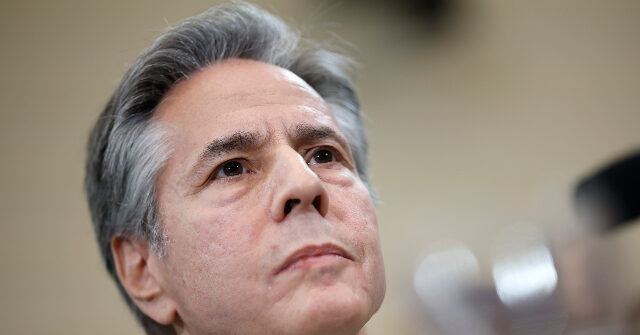Secretary of State Antony Blinken is set to embark on a short tour in the Middle East, with visits planned for Jordan and Turkey. This trip comes on the heels of Blinken’s assertions advocating for a “credible, inclusive, and non-sectarian” governance framework in Syria, aiming to replace the current regime led by Bashar Assad. The U.S. has publicly promised support for any future Syrian government that emerges from a transparent and inclusive process, clearly distancing itself from the Assad administration, which has been heavily criticized for its oppressive policies.
The backdrop to this diplomatic mission is dramatic; the long-standing government under Assad has collapsed. The al-Qaeda offshoot Hayat Tahrir al-Sham (HTS) made significant advances, entering Damascus and claiming control, which has prompted Assad to flee to Russia. HTS, previously known as the Nusra Front, has a notorious reputation within the Syrian conflict and is driven by extremist ideology. With HTS leader Ahmed al Sharaa positioning himself as the face of a transitional government, there are significant concerns given that HTS is recognized as a terrorist organization by the U.S. and carries a bounty for the capture of its leader.
While the Biden administration has touted the fall of Assad as a success, the reality on the ground is nuanced. The U.S. has played a relatively minor role in this current upheaval, especially considering its primary ally in Syria— the Kurdish-led Syrian Democratic Forces (SDF)— is locked in its own conflicts with various factions, including the Turkish-supported Syrian National Army (SNA). Blinken has made it clear that while the U.S. will not dictate Syria’s political future, it is prepared to support whatever government surfaces following Assad’s regime, reiterating the need for this government to be reflective of the diverse demographic landscape in Syria, including the protection of minority rights.
As Blinken heads to the Middle East, the strategic importance of both Jordan and Turkey comes into play. Jordan shares an extensive border with Syria, while Turkey has long been deeply entangled in the Syrian civil war, employing military action against Kurdish forces. The U.S. State Department has emphasized Blinken’s discussions will focus on ensuring any emerging Syrian government is representative and capable of addressing humanitarian needs, preventing terrorism, and securing chemical weapon stockpiles. However, the absence of direct mention of the Kurdish region, Rojava, raises questions about the U.S. stance on its future amid escalating threats from Turkish-backed groups.
The Kurdish-led SDF has been a critical player in the fight against the Islamic State and has benefited from U.S. military support. The head of the Pentagon’s Central Command has recently reassured SDF leadership of continued U.S. commitment to countering the Islamic State’s resurgence. Nevertheless, there is an inherent tension in the U.S. position, as it must navigate complicity with the SNA while supporting the SDF against various threats, illustrating the complexity of alliances in the region.
Amid this turmoil, U.S. officials express cautious optimism regarding HTS’s leadership. An unnamed senior administration official indicated that the White House is hopeful that HTS will adhere to its public commitments against committing atrocities and is seeking to engage with a broad spectrum of Syrian society. This reflects a significant shift in U.S. policy, considering the history of HTS and its violent ideologies. The contemplation of engaging with HTS, while managing existing alliances, underscores the precariousness of the situation in Syria, where shifting allegiances and power dynamics continue to pose challenges for U.S. foreign policy in the region.

